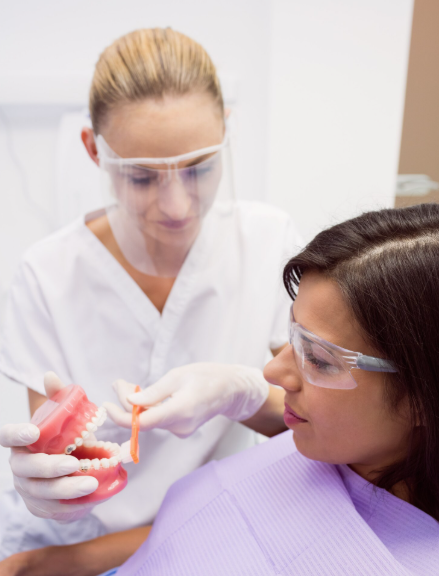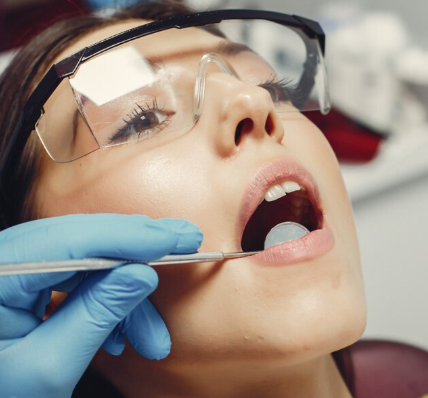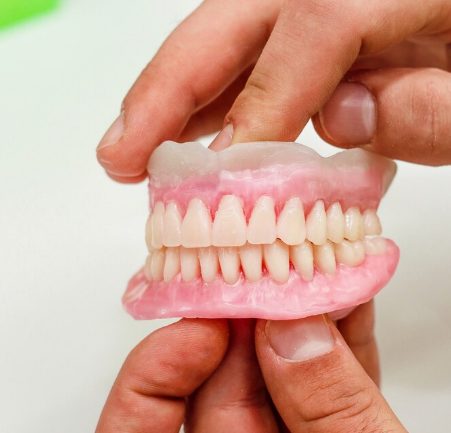Treatment Overview
Laser resurfacing is a non-surgical skin rejuvenation procedure that uses concentrated laser beams to remove damaged skin layers, stimulate collagen production, and promote new cell growth. The treatment targets wrinkles, scars, pigmentation, and uneven skin texture, revealing smoother, firmer, and more youthful-looking skin.
In Korea, laser resurfacing has become one of the most popular dermatology treatments thanks to advanced technology, customized protocols, and combination therapies that deliver natural, glowing results with minimal downtime. Korean dermatology clinics are internationally recognized for pioneering gentle yet effective methods, making laser resurfacing a safe and accessible option for both local and international patients.
Purpose & Benefits
- Reduces fine lines and wrinkles
- Improves acne scars and surgical scars
- Treats hyperpigmentation, melasma, and sunspots
- Smooths uneven skin tone and texture
- Tightens enlarged pores
- Stimulates collagen and elastin for firmer skin
- Provides overall rejuvenation and youthful glow
Ideal Candidates
Laser resurfacing is suitable for men and women seeking to correct visible skin imperfections without surgery. Ideal candidates include those who have:
- Wrinkles or fine lines from aging or sun damage
- Acne scars, enlarged pores, or rough skin texture
- Uneven pigmentation or melasma
- Early skin laxity requiring collagen stimulation
- Realistic expectations and healthy skin without active infections
Possible Risks & Complications
While laser resurfacing in Korea is generally safe, temporary side effects may occur, including redness, swelling, peeling, or sensitivity. In rare cases, patients may experience prolonged pigmentation changes, infection, or scarring. Korean dermatologists minimize risks by using customized settings based on skin type and condition, along with advanced aftercare protocols.
Types of Laser Resurfacing in Korea
Korean clinics offer a wide range of laser resurfacing treatments tailored to individual needs:
- Fractional CO2 Laser: Effective for deep wrinkles, acne scars, and significant texture improvement.
- Erbium Laser: Gentler than CO2, ideal for fine wrinkles and surface irregularities.
- Pico Laser: Advanced technology that treats pigmentation, sun damage, and acne scars with minimal downtime.
- Fraxel Laser: Targets both superficial and deeper skin layers for overall rejuvenation.
- Combination Resurfacing (Laser + PRP/Stem Cell Therapy): Enhances healing, collagen production, and long-term results.
Recovery & Aftercare
Recovery time varies depending on the type of laser used. Superficial treatments may involve mild redness for 1–3 days, while deeper resurfacing can take 7–10 days to heal. Korean clinics often provide advanced aftercare programs including cooling masks, LED therapy, and regenerative serums to speed recovery and reduce discomfort.
Patients are advised to:
- Avoid direct sun exposure and apply sunscreen daily
- Use gentle cleansers and moisturizers
- Avoid harsh skincare products during healing
- Follow all post-treatment instructions provided by the clinic
Results & Longevity
Laser resurfacing in Korea delivers noticeable results within a few days to weeks, depending on the treatment depth. Patients typically see brighter, smoother, and firmer skin, with continued improvement as collagen rebuilds over the next 3–6 months. Results can last for years, especially with proper skincare and maintenance treatments. Many patients undergo annual touch-up sessions for sustained benefits.
Treatment Process in Korea
Korea is one of the world’s leading destinations for dermatology and skin laser treatments.
- Advanced technology: Korean clinics invest in the latest FDA-approved devices such as Fraxel Dual, PicoSure, and fractional CO2 lasers.
- Customized care: Treatments are tailored using 3D skin analysis and diagnostic tools to adjust laser intensity based on individual needs.
- Minimal downtime focus: Korean dermatologists are skilled at balancing efficacy with recovery time, offering gentle fractional and pico-laser options that allow patients to return to daily life quickly.
- Combination therapies: It’s common to combine laser resurfacing with chemical peels, skin boosters, or regenerative treatments like PRP for enhanced results.
- Global reputation: With high patient satisfaction, excellent safety standards, and English-speaking staff, Korean clinics attract thousands of international patients every year.
Cost Range in Korea
The cost of laser resurfacing in Korea depends on the type of laser, the number of sessions, and the reputation of the clinic.
- Fractional CO2 Laser: ₩300,000 – ₩700,000 KRW ($220 – $520 USD) per session
- Erbium Laser: ₩400,000 – ₩800,000 KRW ($300 – $600 USD) per session
- Pico Laser (advanced pigmentation/scar treatment): ₩500,000 – ₩1,200,000 KRW ($370 – $900 USD) per session
- Fraxel Dual: ₩600,000 – ₩1,500,000 KRW ($450 – $1,100 USD) per session
- Packages: Many clinics offer packages of 3–5 sessions at discounted rates, which are recommended for optimal results.
Compared to the US or Europe, prices in Korea are significantly lower while maintaining world-class standards, making it one of the most cost-effective destinations for laser resurfacing treatments.
Popular Clinics in Korea
Seoul is home to many reputable dermatology centers specializing in laser resurfacing, including:
- Oracle Skin Clinic – One of the largest dermatology networks in Korea, specializing in acne scar and pigmentation treatment.
- Banobagi Dermatology – Known for advanced fractional CO2 and regenerative combination therapies.
- ID Dermatology Clinic – Offers cutting-edge pico and Fraxel laser systems for precise results.
- View Plastic Surgery & Skin Center – Popular with international patients for anti-aging laser resurfacing.
- Regen Dermatology Center – Focuses on collagen regeneration and scar correction using fractional laser technology.




